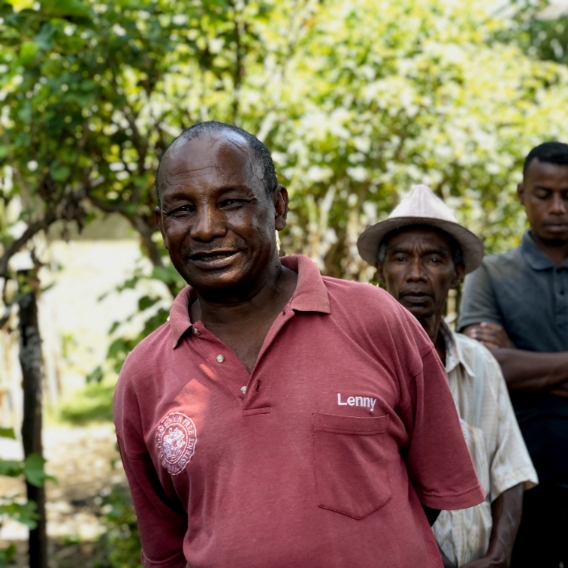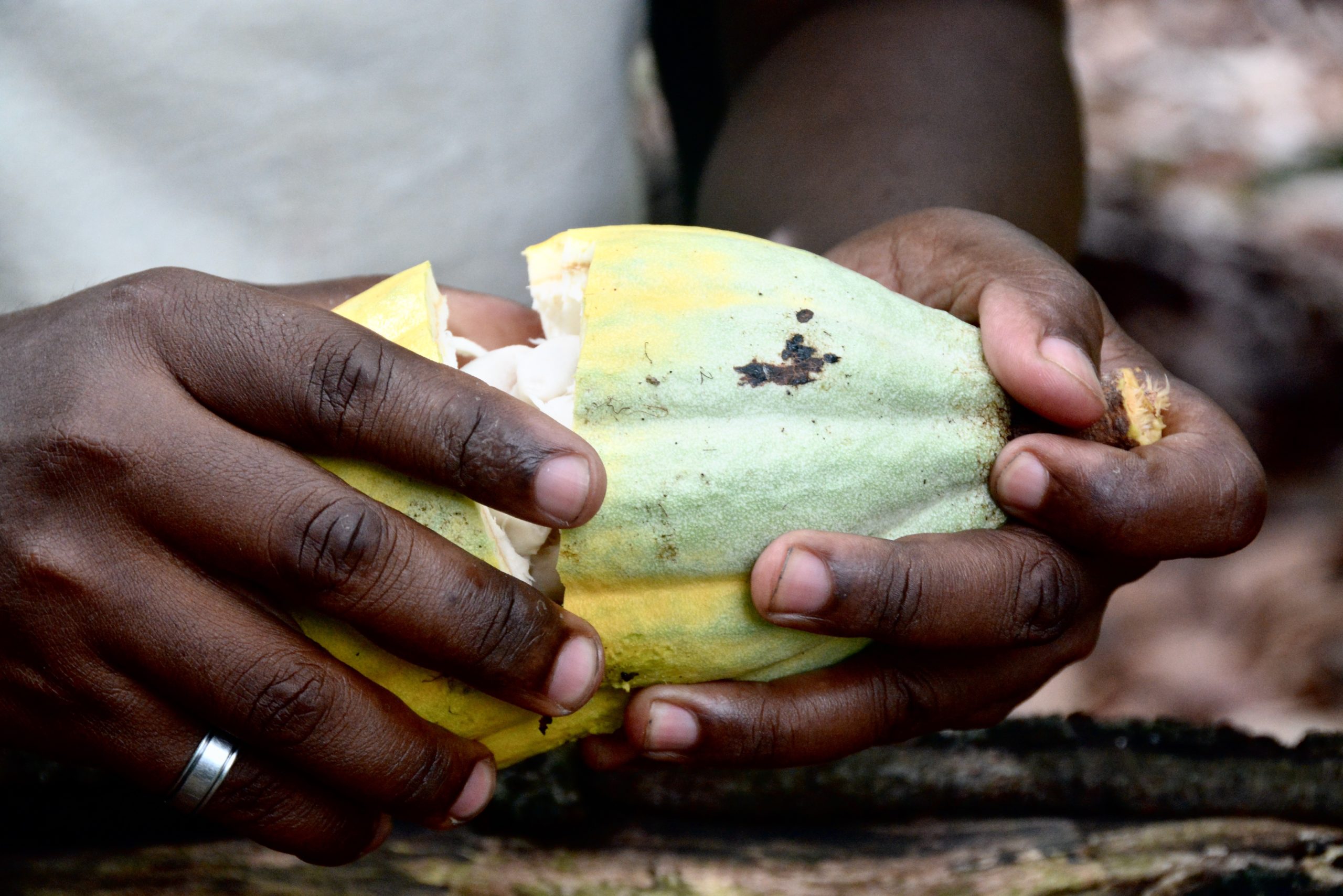SAMBIRANO TSARAFANDRAY – Cocoa from Madagascar

TSARAFANDRAY, the Madagascan grand cru
Madagascar has a very high level of biodiversity. But what makes the world’s 4th largest island so famous is its exceptional cocoa. Rigorous post-harvesting processes have produced beans with the fine, fruity flavours typical of Madagascan cocoa.
The TSARAFANDRAY cocoa cooperative is located in the high mountains of the Sambirano valley in the northwest of Madagascar. In this region, the trade winds and proximity of a mountain range create a micro-climate that is conducive to cocoa trees.
Name: SAMBIRANO TSARAFANDRAY
Region: SAMBIRANO
Country: MADAGASCAR
Organisation: Cooperative of 47 shareholder farmers
Plantation surface area: Not applicable
Variety: Criollo, Trinitario and Forastero adapted to conditions
Environmental action: forest conservation and replanting
Chocolate and Wine pairing suggestion: 100% Chenin

Tsarafandray, certified organic cocoa

In the Sambirano valley, producers in the TSARAFANDRAY cooperative only use natural fertilizers. Cocoa trees grow between mangoes, bananas, vanilla, pineapples, peppers and many other crops.
This sustainable agro-forestry system forms a buffer zone that protects the natural tropical forests of Sambirano. These efforts are essential because more than 40% of Madagascar’s forests have disappeared in the last 60 years and the remaining ones are fragmented.
Moreover, deforestation and soil erosion are undermining farmers’ ability to produce enough food. With the help of RAINFOREST ALLIANCE, cocoa producers in the Sambirano region are planting new trees. In this way, they combat soil erosion, protect the remaining patches of forest and restore the valley’s natural landscape.
A fair approach

Sambirano cocoa has been granted the SPP (Small Producers Program) fair trade certification. The 47 farmers in the TSARAFANDRAY cooperative are all shareholders in the UCLS, an umbrella organisation with 410 members.
Thanks to the ULCS, small producers in the Sambirano Valley receive pre-financing and higher prices for their cocoa beans. They are trained in organic farming and have access to clean water and solar energy.